Holiday Gifts for Yourself: Part 1
 The Holiday season brings opportunity for travel; do you have a fitness plan to navigate it in a happy and healthy manner? Plan to move your body and you will succeed when most people exercise the least – during the holidays and on the road. This blog will look at fitness strategies for the holidays. Part 2 will tackle strategies for travel.
The Holiday season brings opportunity for travel; do you have a fitness plan to navigate it in a happy and healthy manner? Plan to move your body and you will succeed when most people exercise the least – during the holidays and on the road. This blog will look at fitness strategies for the holidays. Part 2 will tackle strategies for travel.
Exercise is not a seasonal sport! Yet many people let their fitness regimes go by the wayside in late November and throughout December thinking that “the holidays are approaching and I am too busy, under pressure or distracted to work out.” What if we change this strategy to: “During this stressful time of year, I need my exercise more than ever.”
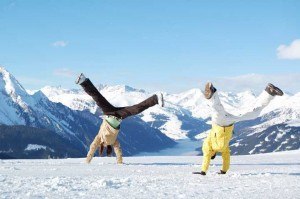 Next, pick and choose from the list of following strategies you feel you can best follow:
Next, pick and choose from the list of following strategies you feel you can best follow:
- Pre-pay your December workouts. With a financial commitment, you may get to the gym more often.
- Schedule something different or special during December. Take cross country ski or skating lessons. Plan and take an active vacation in early December and return home committed to continue a healthy focus into the holidays and New Year.
- Plan a healthy holiday party. Focus on fitness and fun, not food. If there’s snow on the ground, meet friends and family for ice skating at a local outdoor rink, downhill skiing at a nearby ski resort or cross country skiing in a convenient park. In warmer climates meet at a park for a hike or walk or bike ride. If the weather is miserable move the party indoors for a ping pong tournament or dancing. Instead of post-party guilt and lethargy your guests will leave invigorated and thankful.
- Practice healthy gift giving. Gift certificates for exercise equipment, clothes and footwear, massages, yoga classes, a day spa, a fitness club membership or a personal trainer all make thoughtful gifts. You may need to drop a few hints to your family and friends that you would love to receive fitness related presents.
- Announce your healthy intentions ahead of time. Advise your relatives or friends of your plans to work out during their/your visit. They will be more understanding of your needs. Invite them join you!
- Organize physically active outings for family and friends. Being Canadian, a game of shinny (pond hockey) comes to mind, or tobogganing or building a snowman or snow forts to have snowball fights. Plan a snowshoe trip to cut your own Christmas tree. In warmer climates schedule a walk along the seashore or an afternoon of horseback riding. Coordinate a leisurely bicycle ride. Besides benefiting everyone’s health, group exercise encourages talking, sharing and laughter.
It may be necessary to shift a date or two to accommodate everyone’s busy schedules, but do not skip your December exercise sessions entirely. They are likely to be the most necessary and most appreciated workouts of the year. With a little healthy planning, you can keep moving – and stay fit – 12 months a year.
Health and Happiness,
Cathy

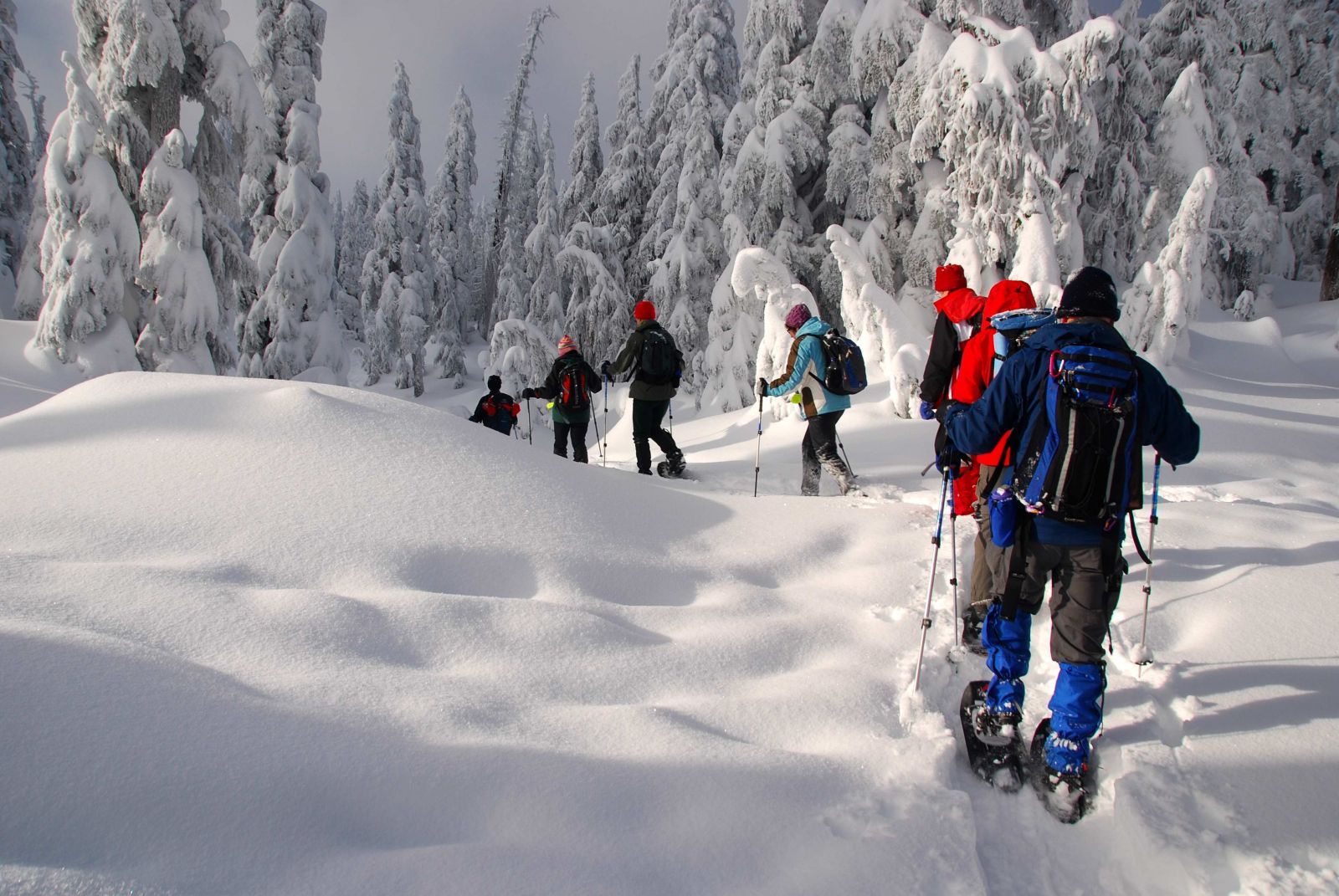
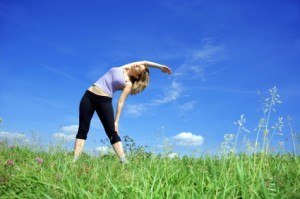 We know that stretching when exercising is important at Mountain Trek. As a
We know that stretching when exercising is important at Mountain Trek. As a 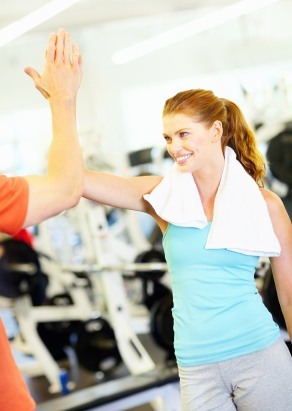
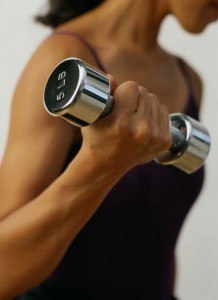 How do you feel about baring your arms this summer? Are you excited to show off their sculpted, fit presence or would you prefer to promote a long-sleeve fad for the season? With a few key muscle strengthening exercises you can say goodbye to a bad case of the arm jiggles and hello to a chic sexy sleeveless dress. You can’t just wish for this to happen you’ve got to work it! So work it we will…..
How do you feel about baring your arms this summer? Are you excited to show off their sculpted, fit presence or would you prefer to promote a long-sleeve fad for the season? With a few key muscle strengthening exercises you can say goodbye to a bad case of the arm jiggles and hello to a chic sexy sleeveless dress. You can’t just wish for this to happen you’ve got to work it! So work it we will…..

